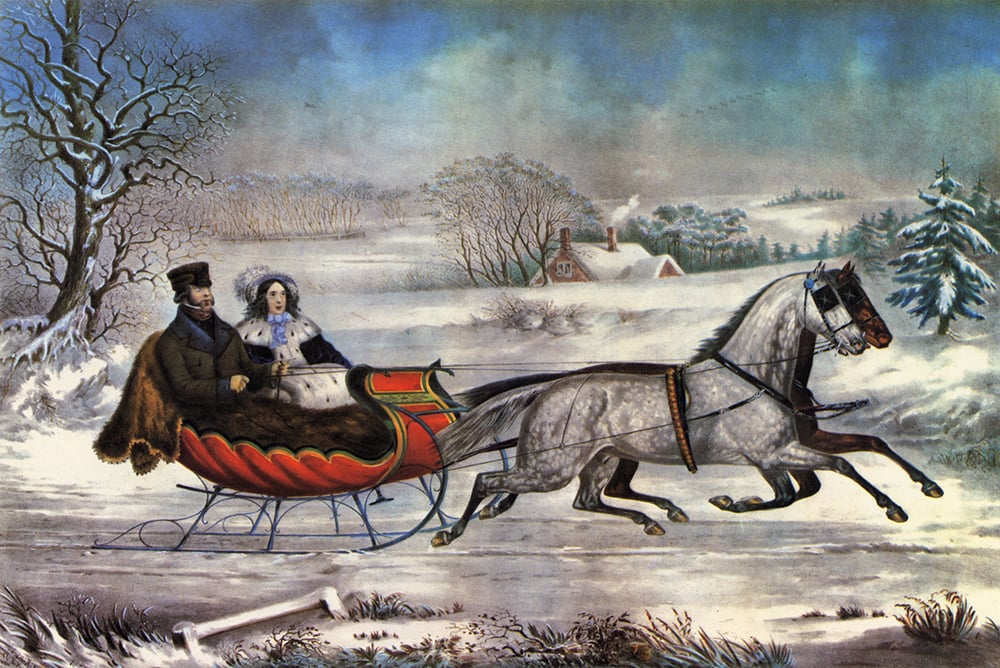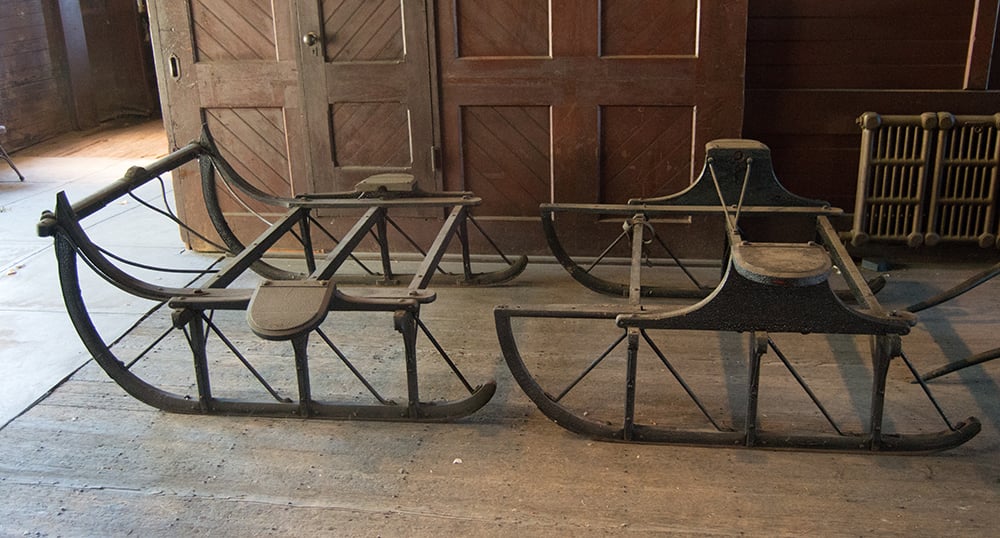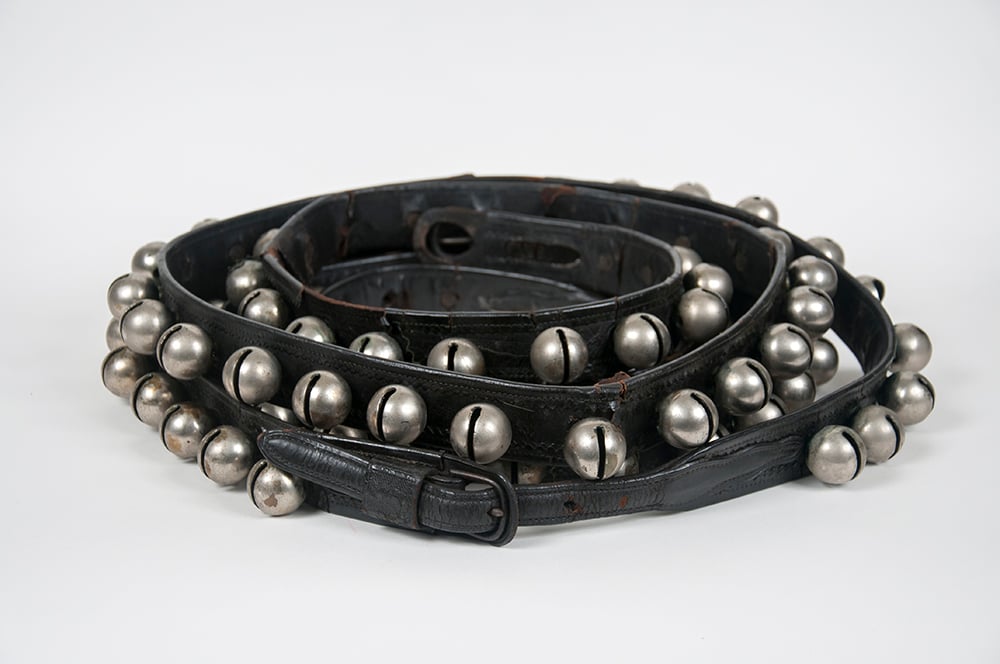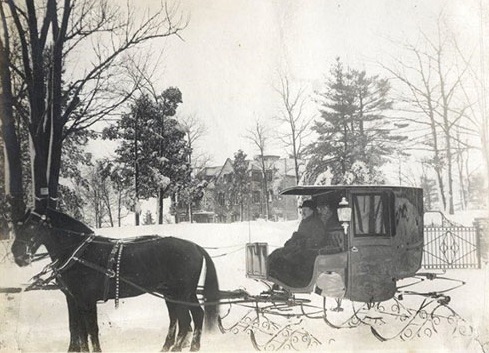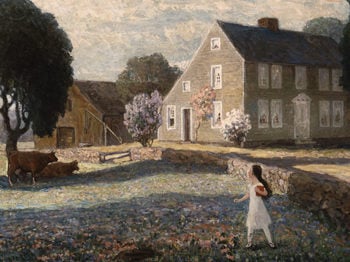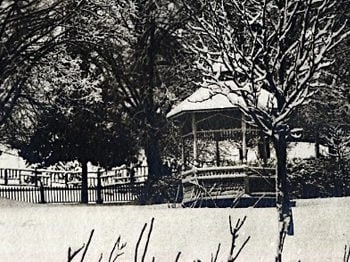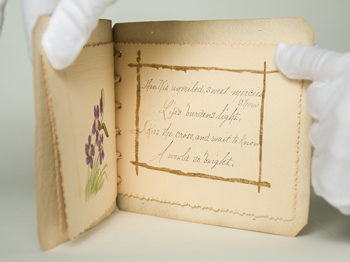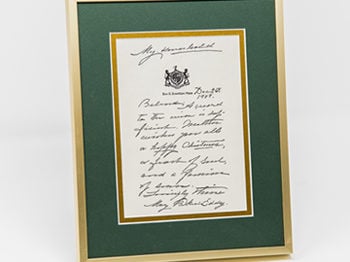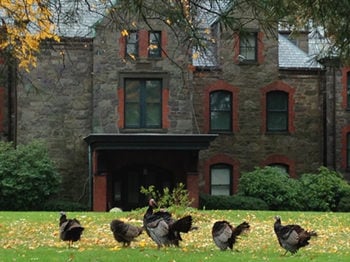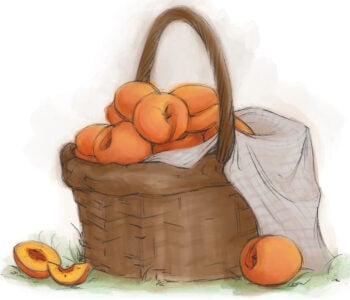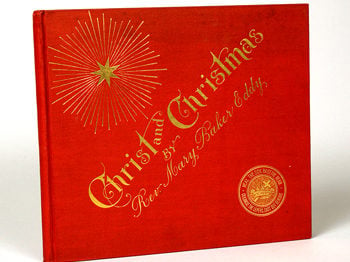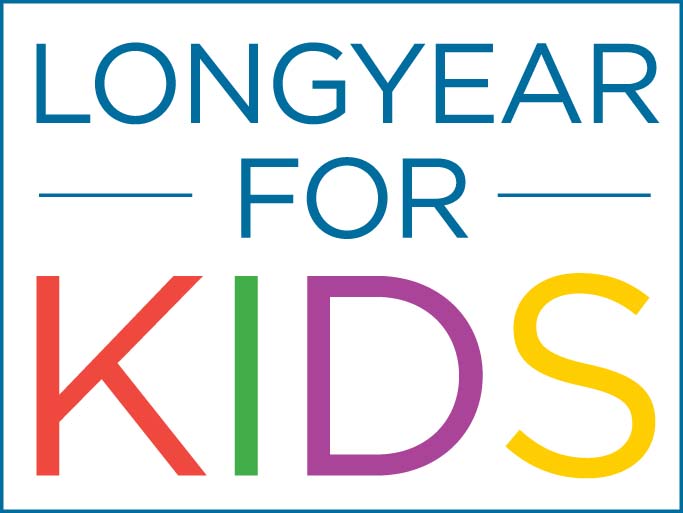 This article is part of our Longyear for Kids series, written with a younger audience in mind. See other articles in the series here.
This article is part of our Longyear for Kids series, written with a younger audience in mind. See other articles in the series here.
Long before airplanes and cars, scooters and skateboards, people used horses to get from one place to another. They rode on horseback, traveled in horse-drawn carriages and wagons, and in the wintertime, glided over snowy roads in sleighs.
Like many other New Englanders, Mary Baker Eddy loved riding in a sleigh. And with heaps of snow blanketing the countryside each winter, she had plenty of opportunity to do so when she was growing up — and later in life, too.
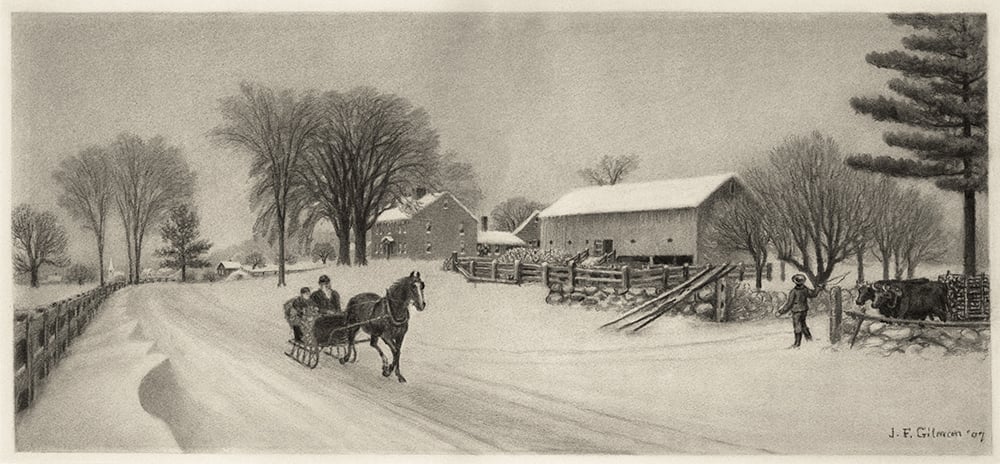
Sleighs gave people in earlier centuries a way to leave their homes in winter in order to visit family and friends, attend parties and social gatherings, and on Sundays make their way to church. There were no snowplows in those days, and “after a blizzard the men and boys ‘broke out’ the roads” — harnessing teams of oxen to sleds and sleighs and chaining a log or heavy board between the runners to help flatten the snow as they traveled from farm to farm.1 Later in the 19th century, horse-drawn snowrollers were used instead. Sometimes, snow was even added to roads — especially inside New England’s many covered bridges — to ensure smooth travel!
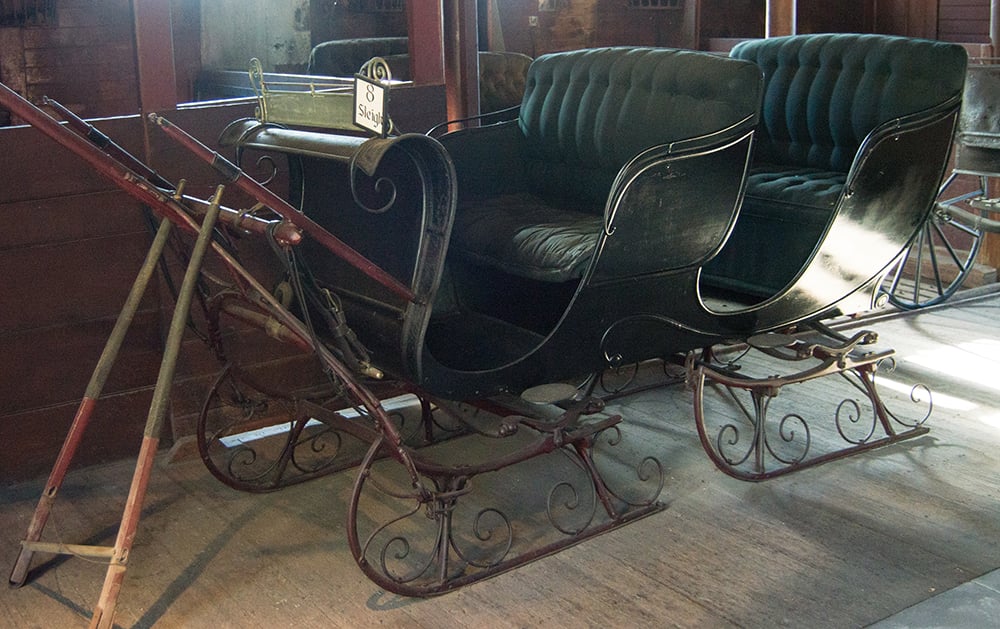
Winter was “the most sociable season, for it was easy to get around…by sled or sleigh, and everyone had extra free time.”2 There were quilting bees, and spelling bees, and Sunday suppers after the Sabbath ended, among other activities.
Imagine how cold it must have been to ride in an open sleigh! Remembering his childhood in New Hampshire, one writer has fond memories of “being tucked under the buffalo robe in the sleigh” when he and his parents drove to spend the evening with friends.3 This would have been a familiar scene to the Baker family, too, when Mary was growing up in Bow, New Hampshire.4
When she was 22 years old, Mary married George W. Glover.5 It was a simple ceremony, held in the parlor of the Baker home in Sanbornton Bridge (later renamed Tilton), New Hampshire, on December 10, 1843. As the wedding guests approached the farmhouse, the Bakers would have recognized who was arriving by the sound of the bells coming from the sleighs. Each family had a different jingle, and the silvery peals would have echoed across the snowbanks to the ears of the waiting wedding party.6 With sleighs parked outside, and everyone gathered inside by a toasty fire, the wedding festivities commenced. Afterwards, the newlyweds traveled by sleigh to visit relatives in nearby Concord, New Hampshire, before sailing south to their new home in Charleston, South Carolina.7
Sleigh rides would continue to bring joy to Mary, helping to lighten her sadness after the death of her new husband. She returned to live at her parents’ home, and in the winter of 1848 she wrote to her sister Martha: “There has been some sleigh riding…I and Miss Lane the Sem. Teacher and Miss Rand invited our driver and took a ride to Concord!”8
Mary never lost her love of sleighing. Many years later, after she discovered Christian Science and was revising her book Science and Health with Key to the Scriptures, she wrote to a friend, “If I had not been too busy with Science and Health I should have greatly enjoyed sending for you in the winter to take a sleigh drive with us when the sleighing was fine[.]”9


